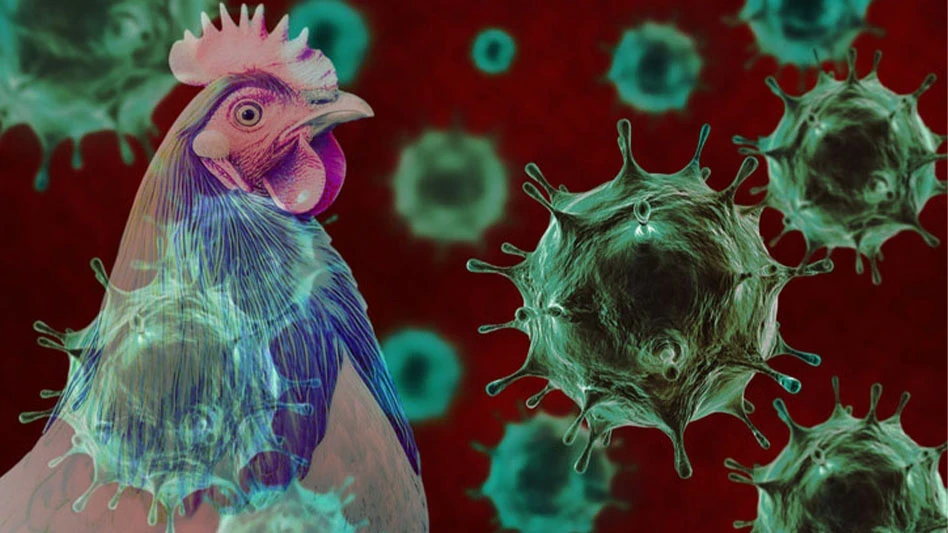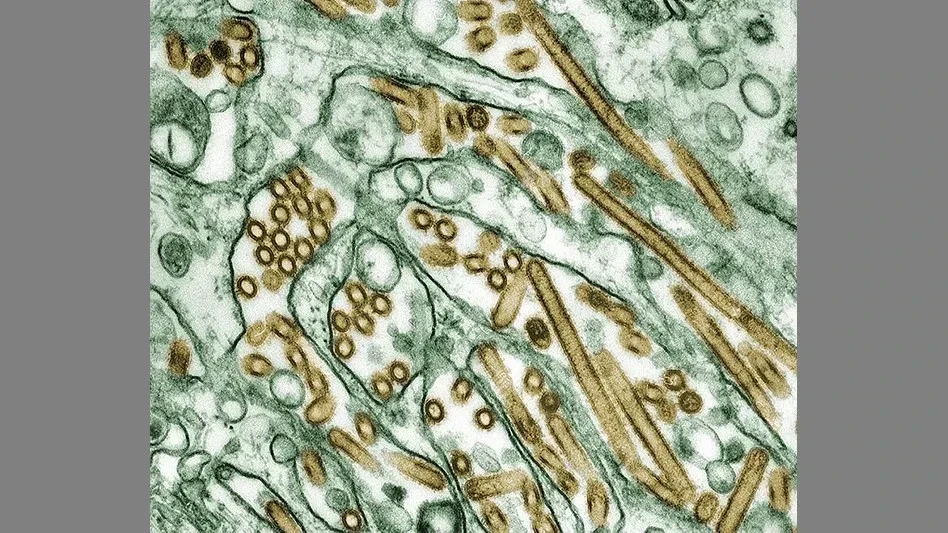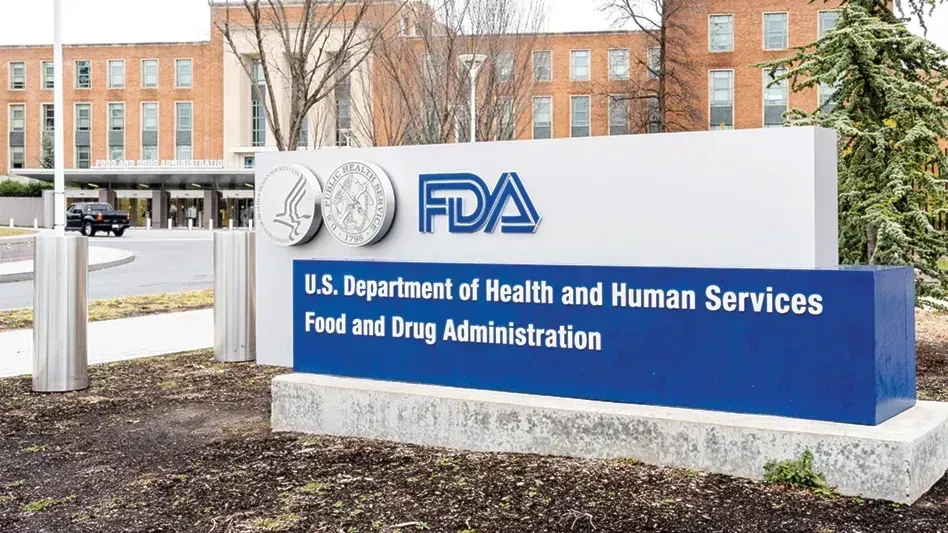
The U.S. Food and Drug Administration shared updates on its activities to better understand per- and polyfluoroalkyl substances (PFAS) in the general food supply, including recent testing results, continuing efforts to supplement its PFAS data and monitoring activities and an updated analytical method to measure PFAS.
TESTING RESULTS FOR PFAS IN THE GENERAL FOOD SUPPLY. To estimate dietary exposure to PFAS from the general food supply, the FDA has been testing fresh and processed foods since 2019. To date, the agency has tested nearly 1,300 samples from a range of foods collected for the FDA’s Total Diet Study (TDS) or collected as part of targeted assignments. Testing for PFAS in the general food supply is ongoing, and the FDA said it is taking steps to expedite its testing schedule by increasing its lab capacity.
On April 18, the FDA shared testing results for PFAS in 95 samples from one regional collection from the TDS (Dataset 8). The agency detected PFAS in eight samples — two beef and two cod samples and one sample each of shrimp, salmon, catfish and tilapia. The FDA concluded that exposure to PFAS at the levels measured in these eight samples is not likely to be a health concern for young children or the general population, based on evaluation of each PFAS for which there is a toxicological reference value.
The data shared are consistent with FDA’s previous TDS testing results that detected PFAS primarily in some meat and seafood samples, while the majority of previous TDS results were found not to detect PFAS. No PFAS have been detected in over 97% (788 out of 813) of the fresh and processed foods tested from the TDS to date.
ADDITIONAL ACTIVITIES TO BETTER UNDERSTAND PFAS IN THE U.S. FOOD SUPPLY. In the past five years, the FDA said it has made significant progress in understanding PFAS and is leading the science in developing validated methods for testing for PFAS in increasingly diverse types of foods. As noted, the FDA has detected PFAS in few TDS samples, primarily in meat and seafood samples.
Testing, which included a targeted survey to sample seafood, has so far indicated that seafood may be at higher risk for environmental PFAS contamination compared to other types of foods. While the data on PFAS in seafood is still limited, filter feeders, such as clams, but also other bivalve mollusks, including oysters, mussels and scallops, may have the potential to bioaccumulate more environmental contaminants than other seafood types. FDA continues to pursue additional sampling of bivalve mollusks, including imported and domestic clams, as well as other seafood to better understand PFAS in the U.S. food supply.
In FY24 and beyond, the FDA will continue to analyze TDS samples to increase the number of samples analyzed with the goal of accurately estimating U.S. consumers’ exposure to PFAS from foods. The agency analyzes a wide array of foods through the TDS, including bread and grains; fruits and vegetables; and meat, eggs and dairy products, including milk. The FDA said it will continue to work closely with federal partners and state departments of agriculture and health to share information and enhance collaboration in its efforts to gather a more robust dataset of PFAS in foods.
Additional updates on PFAS sampling will be posted on FDA’s website as they become available.
In addition to sampling activities, the FDA published an updated analytical method to the FDA’s Foods Program Compendium of Analytical Laboratory Methods: Chemical Analytical Manual. This method includes the addition of 14 analytes to the existing 16 analytes, resulting in the ability to measure 30 PFAS in food and extending the method to also include animal feed samples.
Get curated news on YOUR industry.
Enter your email to receive our newsletters.
Latest from Quality Assurance & Food Safety
- Penn State Course Covers Fundamentals of Food Science
- Joint FAO/WHO Expert Committee on Food Additives Seeks Experts
- FDA Reschedules Webinar on Updated ‘Healthy’ Claim
- Thousands More Laid Off at FDA, CDC in HHS Restructuring
- USDA Extends Deadline on Request for Information for Poultry Quality Standards
- Dessert Holdings Issues Allergy Alert on Undeclared Pecans in Favorite Day Cheesecake
- Idaho Smokehouse Partners Recalls Beef Sticks Due to Possible Foreign Matter Contamination
- IDFA Leadership Symposium Set for June 23-26






